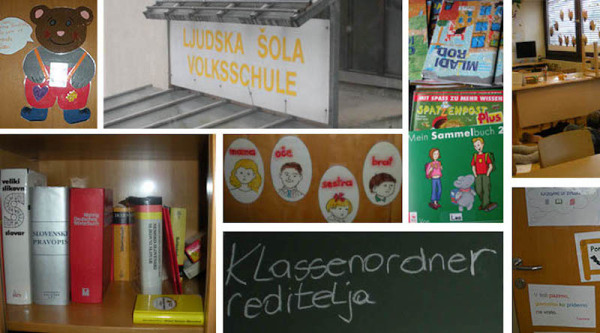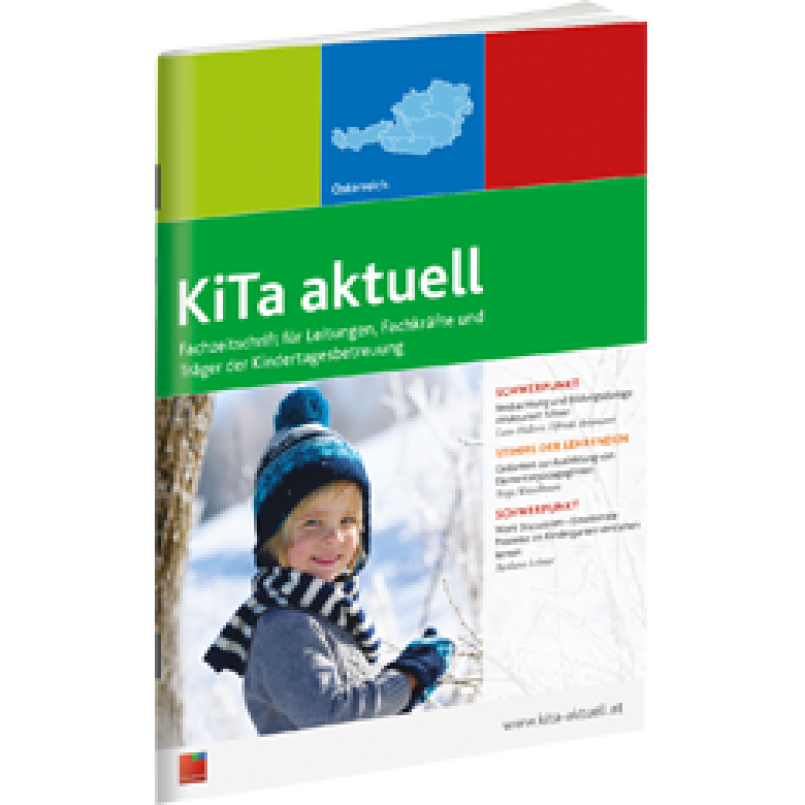Sprachorganisation

Sprachorganisation
Sprachen werden explizit und implizit geregelt - und soziale Räume werden durch Sprachorganisation gestaltet. Dadurch erhalten manche Sprachen Platz in Schulen oder Kitas, während andere nur schwer gehört werden.
Aktuell ist ein Beitrag zum Platz für die anderen Sprachen in Kitas und Kindergärten erschienen, der sich der Frage annimmt, wie auch Sprachen mit wenigen Sprecher*innen in den Alltag von Bildungsorganisationen eingebunden werden können.
Wie Lehrende im Muttersprachlichen Unterricht (Herkunftssprachenunterricht) ihre Schulerfahrungen schildern bzw. welche ideale Schule ihnen vorschwebt, analysiert ein Beitrag gemeinsam mit Brigitta Busch (siehe Literatur rechte Spalte).
Sprachorgansation in Familien und Bildungsinstitutionen (2016 - laufend)
Abstract: Multilingualism is not a fixed entity, not something given, but develops over time – involving humans as social actors, as well as systems of evaluations and beliefs about languages and social spaces of negotiation. The objective of this project is to understand how environments and spaces for multilingualism are created in families, kindergartens and schools and how the different practices contribute to shared or competing ideas of multilingual upbringing. A model is presented with the aim to categorize practices, ideologies and spatial and social experience by using six steps, ranging from the explicit ban on certain languages, the silencing of other languages than the desired language(s) and the neglect or ignorance vis-à-vis other languages. But it also includes supportive steps, such as symbolic multilingualism or language awareness, regulated or structured multilingualism (as in the one-person-one-language model) and finally supported multilingualism that builds on the needs and resources of all speakers in a certain context. Criteria for each step are defined and this framework aims for transferability to other (national or local) contexts. Covering grounds from language socialization and family language policy to the organization of multilingual schools, it allows the integration of language acquisition and education. The model thus corresponds to multilingual realities where languages might gain momentum depending on speakers' life experiences or play more than one role from the beginning.

Literatur und Links
Purkarthofer, Judith (2020) "Und dann gibt es noch diese anderen Sprachen..." KiTa aktuell Österreich 5/2020 - Bildungsungleichheiten und die Bedeutung für die Elementarpädagogik. 86-88. pdf
Purkarthofer, J. & B. Busch (2020) Wege zur Idealen Schule – Imaginationen im Spracherleben von Lehrenden im Muttersprachlichen Unterricht. In Hawlik, R., Petz, R., Swoboda, W. (Hrsg.) Migration Mehrsprachigkeit Menschenrechtsbildung. Festschrift für Elisabeth Furch (pp. 14-24). Baltmannsweiler: Schneider Hohengehren Verlag.
Purkarthofer, Judith (2019). Austria’s curriculum for heritage language education across languages: A case study in balancing speakers’ needs on the local, national and international level. In C. E. Seals & V. I. Olsen-Reader (Eds.), Embracing Multilingualism Across Educational Contexts (pp. 152-181) . Victoria University Press.
Purkarthofer, Judith (2018). Sprachorganisation in Bildungsinstitutionen – Gesagtes und Ungesagtes in Kindergarten und Schule., I: Maria Fürstaller; Nina Hover-Reisner & Barbara Lehner (red.), Vielfalt in der Elementarpädagogik Theorie, Empirie und Professionalisierung (pp. 49-66). Wochenschau Verlag.
Purkarthofer, Judith (2017): Children’s drawings as part of School Language Profiles: Heteroglossic realities in families and schools. Special Issue edited by Paula Kalaja and Anne Pitkänen-Huhta, Applied Linguistics Review. doi.org/10.1515/applirev-2016-1063
